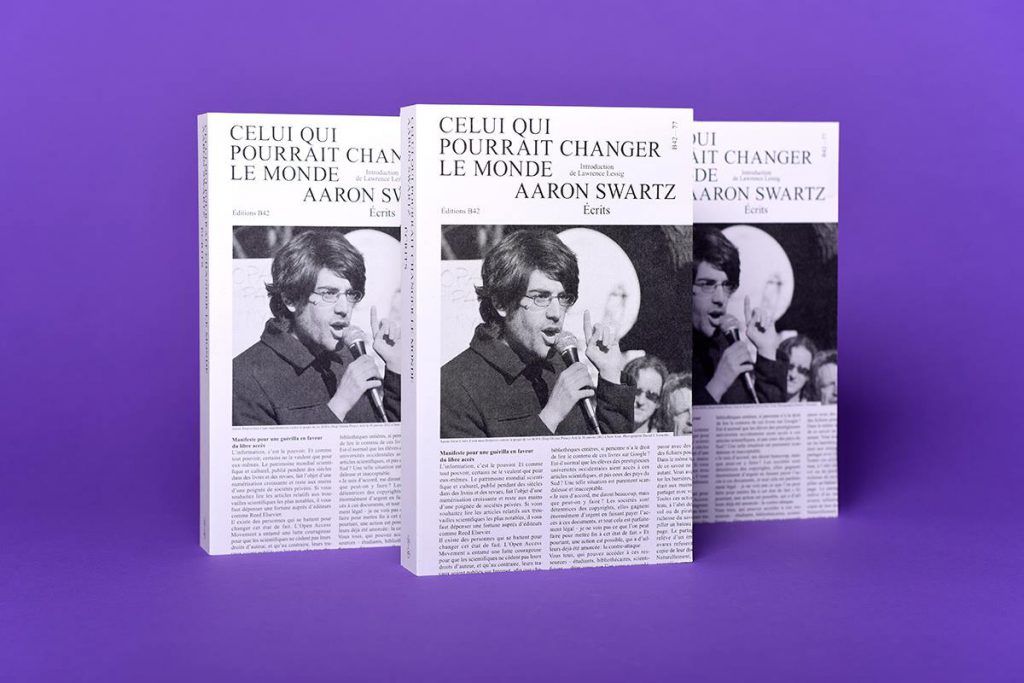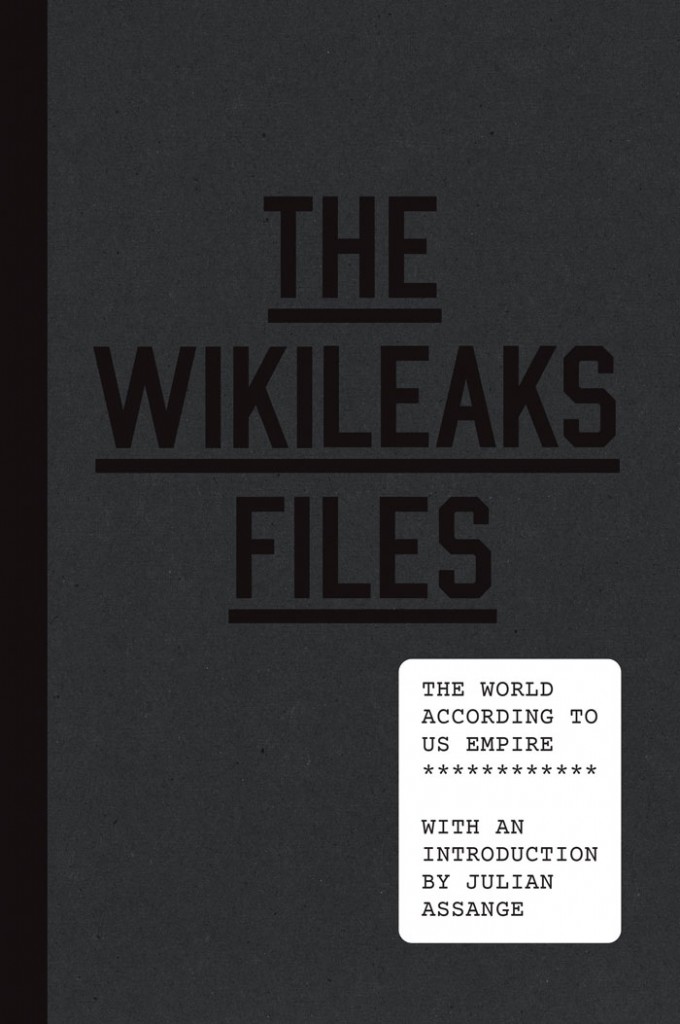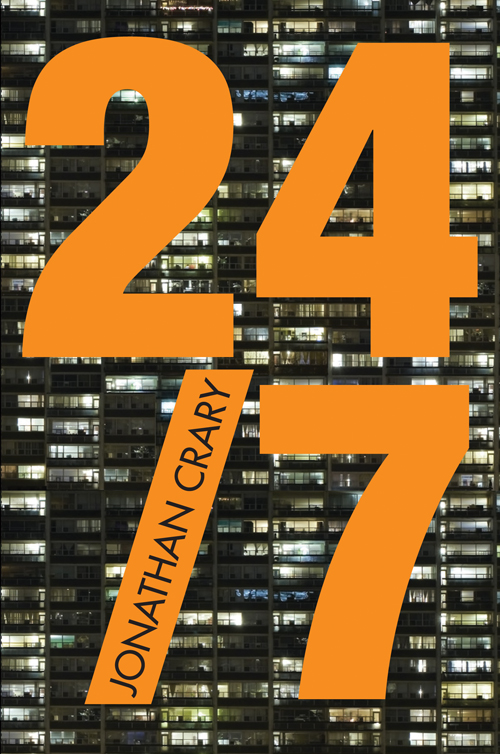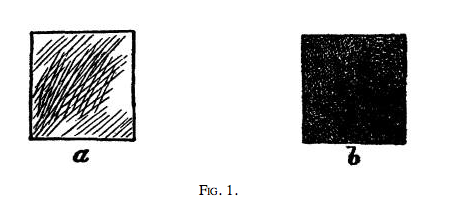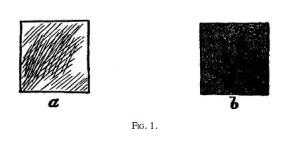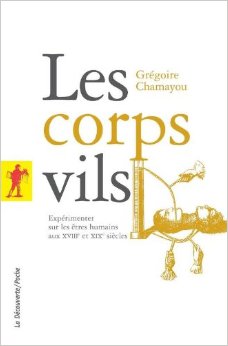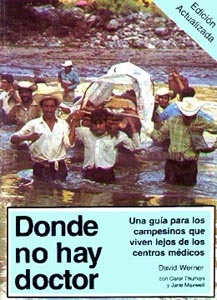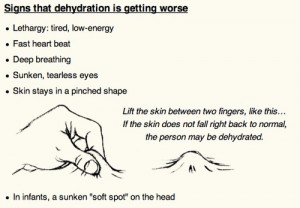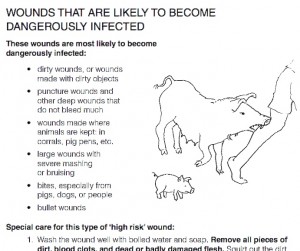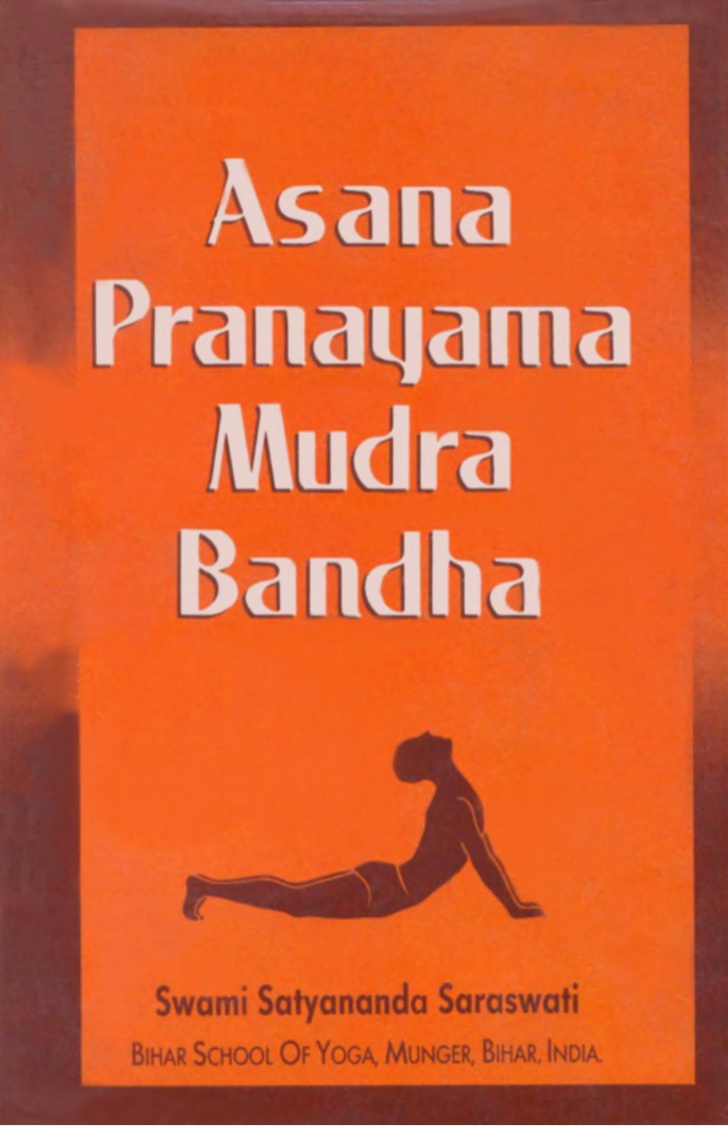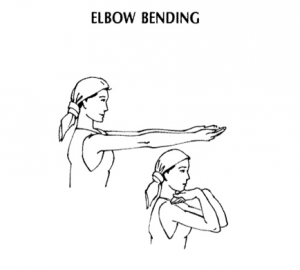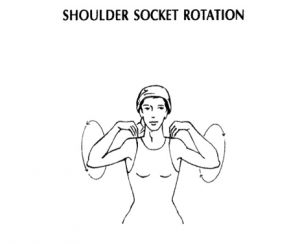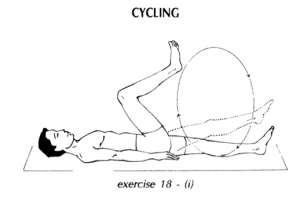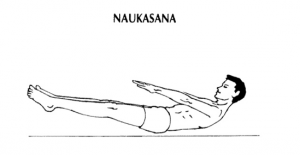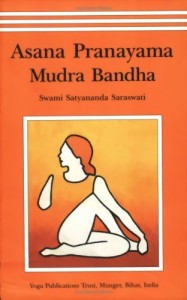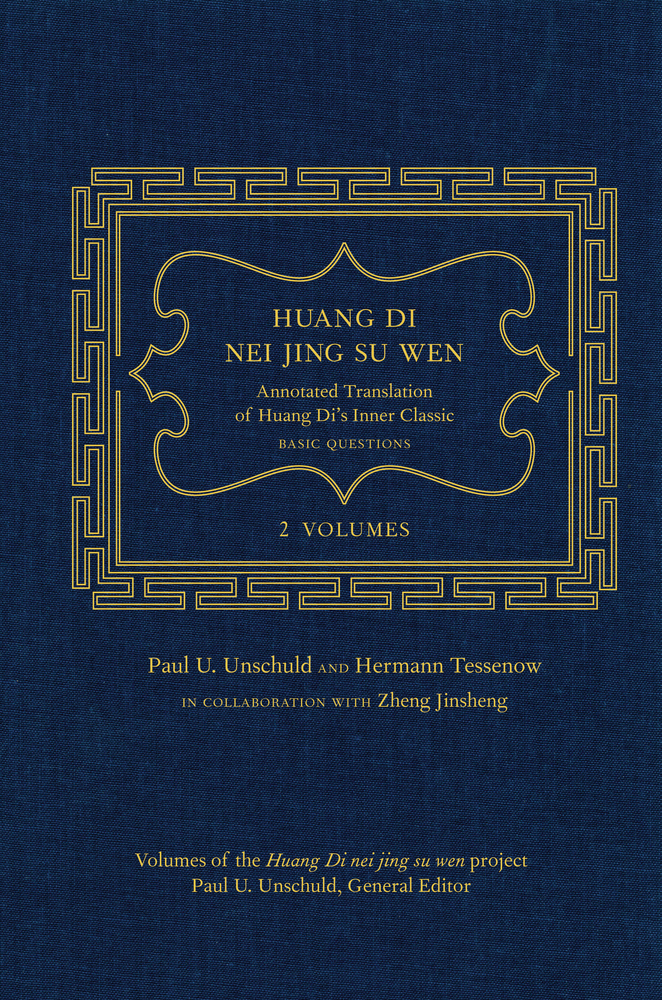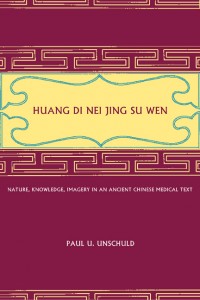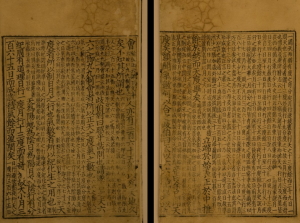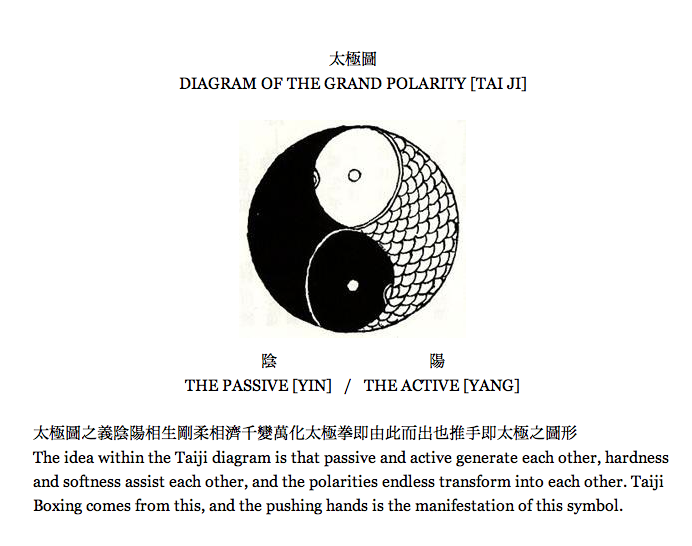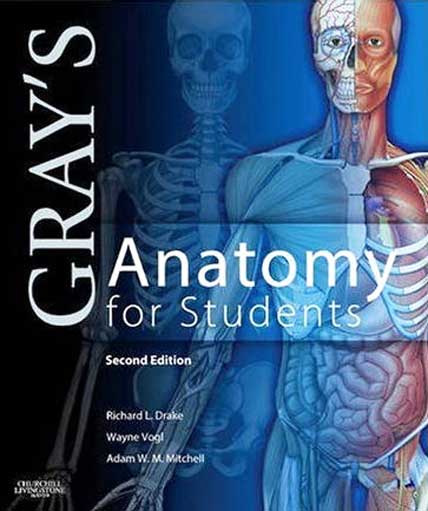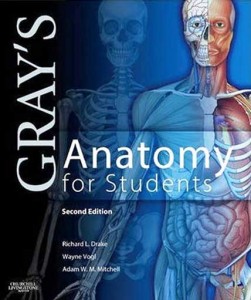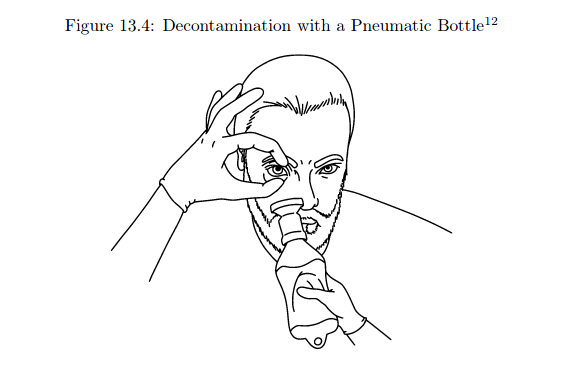
Hakan Geijer released the first edition of Riot Medicine “a public domain book to help street medics in the struggle for liberation, autonomy, and dignity for all”
Download for free here: https://riotmedicine.net
From the introduction:
“Riot medicine is the practice of medicine in an adversarial environment.It exists outside of formal and State sanctioned medical services. Practitioners of riot medicine go by many names (riot medics, street medics,demonstration medics, action medical), but at the end of the day, their goals are the same. They take to the streets as part of the diverse system of mutual aid that allows individuals to engage in protest. The duties of a riot medic may include handing out water during a peaceful demonstration, providing late-night jail support for arrested comrades,caring for injured protesters and bystanders during a riot, or extracting and providing lifesaving interventions for combatants during an armed uprising. The lens of riot medicine rather than street medicine was chose to help you focus more on how to provide medical care during demonstrations and physical engagements rather than to inform you on how to run a volunteer clinic or provide care for injuries sustained outside of short lived confrontations. The aim is to provide enough medical and tactical knowledge to enable riot medics to support short mobilizations on the scale of several hours to several days.”

